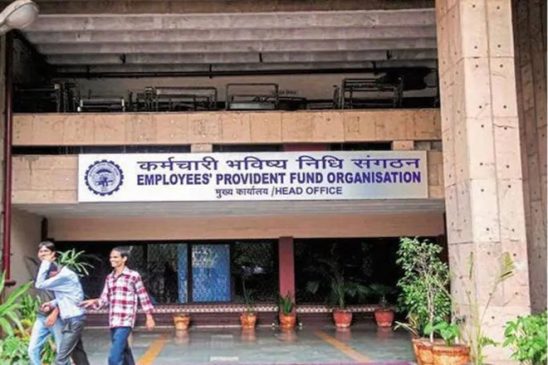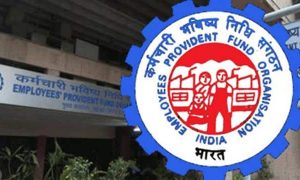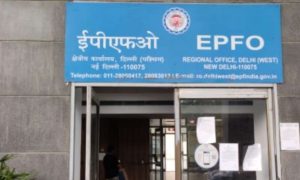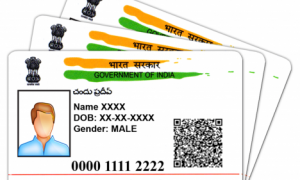The Employees’ Provident Fund Organisation (EPFO) in India plays a pivotal role in ensuring financial security for employees. With mandatory monthly contributions from both employers and employees, the EPFO manages various pension schemes designed to provide support throughout different stages of an employee’s life.
What is EPFO?
The EPFO is a statutory body under the Ministry of Labour and Employment, Government of India. It administers the Employees’ Provident Fund (EPF), a social security scheme aimed at Indian workers. The organisation oversees the EPF, the Employees’ Pension Scheme (EPS), and the Employees’ Deposit Linked Insurance Scheme (EDLI).
Read More: What is EPS? How to file e-nomination for EPF/EPS Scheme | A Step-by-Step Guide
Eligibility Criteria for EPS
To qualify for the EPS benefits, an individual must:
- Be a member of the EPFO
- Be at least 50 years old for early pension or 58 years old for regular pension
- Have completed a minimum of 10 years of service
# Types of Pensions Under EPS
Subscribers to the Provident Fund, their families, and nominees are eligible for several types of pensions:
Widow Pension
A widow receives a pension until her death or remarriage. If there are multiple widows, the eldest receives the pension.
Child Pension
Children are entitled to a child pension in addition to the widow pension until they reach 25 years of age. This amounts to 25% of the widow pension, and up to two children can receive this benefit.
Reduced Pension
Members with at least 10 years of service, aged between 50 and 58, can opt for an early pension. The pension amount is reduced by 4% for each year below 58.
Read More: How to check EPF balance through SMS, missed call; here’s your step-by-step guide
Orphan Pension
If a member passes away without a surviving widow, their children receive an orphan pension, which is 75% of the widow pension. Up to two children can benefit from this scheme.
# Contributions to EPF and EPS
Both employer and employee contribute 12% of the employee’s salary to the EPF monthly. From the employer’s contribution, 8.33% is allocated to the EPS, while the remaining 3.67% goes to the EPF.
# Eligibility for Pension Benefits
To receive pension benefits, a member must retire at 58 years old with at least 10 years of service. Members who do not complete 10 years of service can withdraw the entire amount at 58 using Form 10C but won’t receive a monthly pension. In cases of permanent disability, members are eligible for a monthly pension regardless of the service length. The scheme also offers pension benefits to the member’s family if the member dies before or after the pensionable service period.
# Calculating Your Pension Under EPS
Your pension is based on your pensionable salary and the duration of your service. The formula is:
Member’s Monthly Pension = (Pensionable Salary x Pensionable Service) / 70
Read More: EPF: How to check your balance on passbook? A step-by-step guide
Pensionable Salary
This is the average monthly earnings in the last 60 months before leaving the EPS. Non-contributory periods within these 60 months are excluded. The maximum pensionable salary is capped at Rs. 15,000 per month, with 8.33% of this salary contributed to the EPS account, amounting to Rs. 1250 monthly.
Pensionable Service
Pensionable service is the total period a member has worked, including periods across different employers, provided the member submits an EPS Scheme certificate when changing jobs. If a member withdraws their EPS amount before completing 10 years and joins another company, the service period resets to zero. The service period is assessed every 6 months.
Pension Forms Under EPS
- Form 10C: Used for withdrawing funds before completing 10 years of service.
- Form 10D: Used for monthly pension withdrawals after reaching 50 years of age, and for other pensions like widow and child pensions.
- Non-remarriage Certificate: A form declaring that the widow/widower has not remarried.
Understanding these various aspects of the EPFO pension schemes can help employees plan their retirement and ensure financial stability for their families.





































